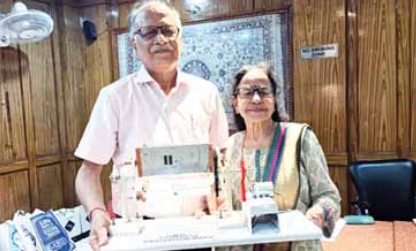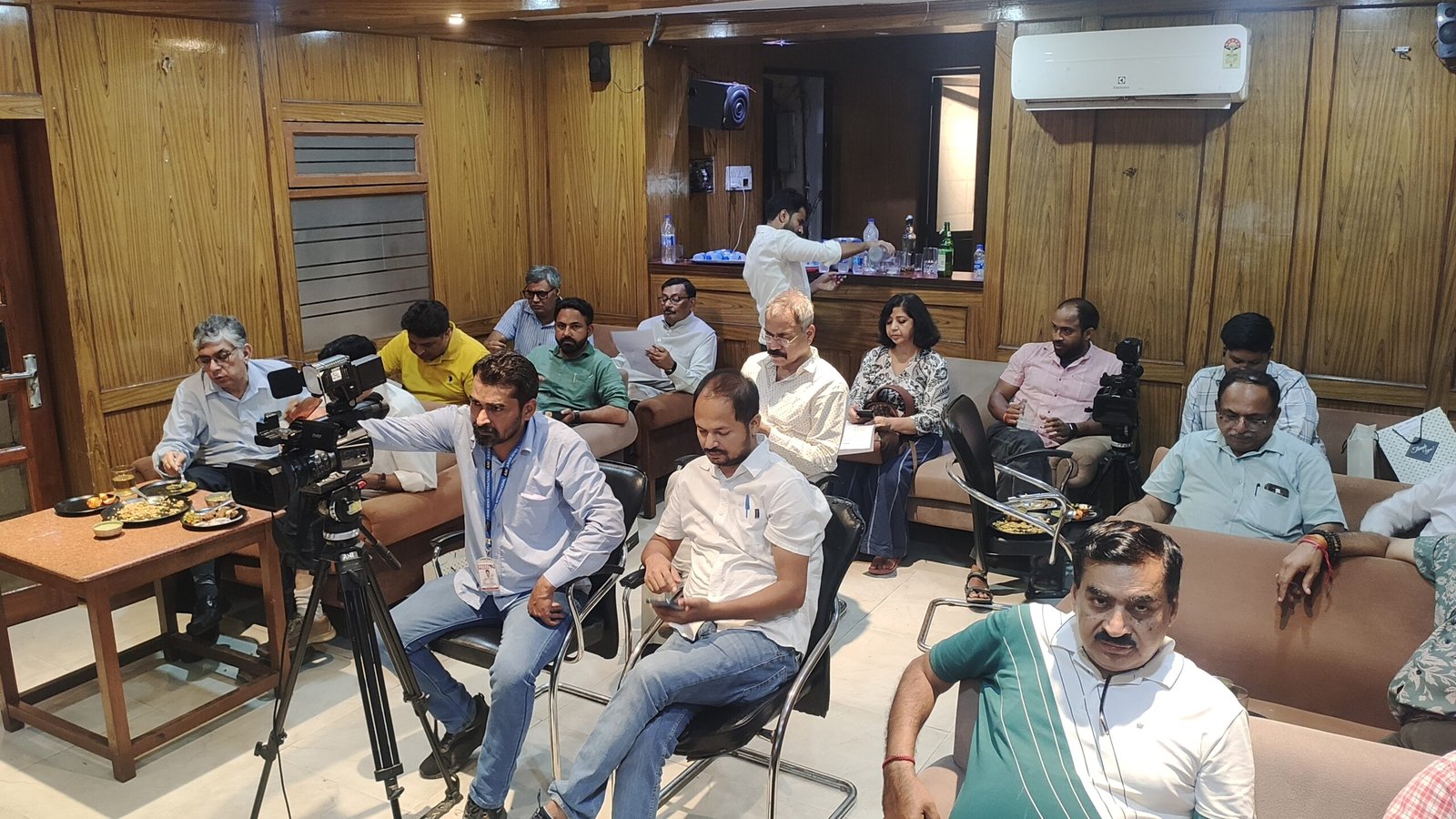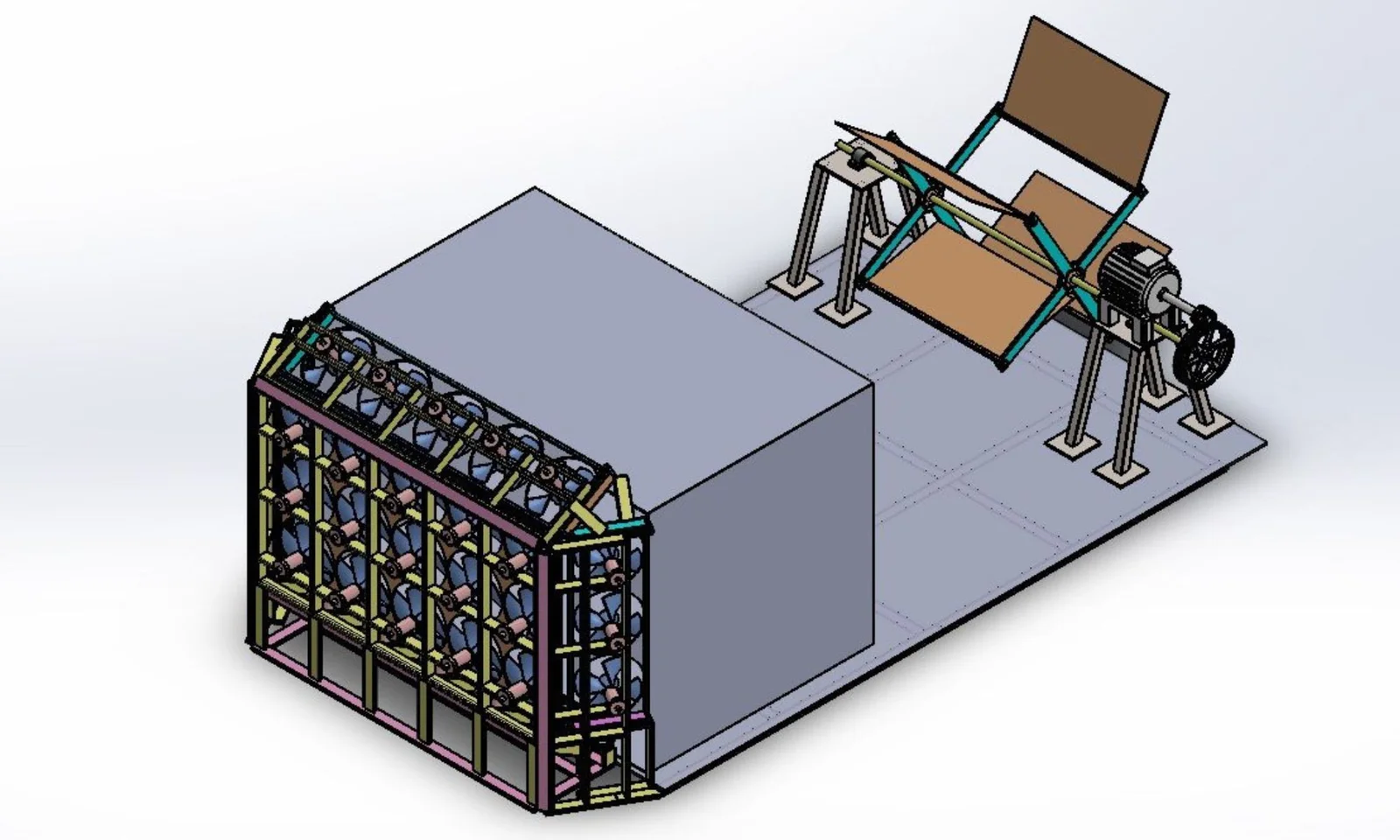
Modulation Technology
SVURG/Z-Mod Concept
This document describes a new, patented, technology named “Z-Mod”, which overcomes the limitations common to the presently used forms of analogue and digital modulation processes. “Z-Mod” process uses an innovative process, which eliminates use of side bands and increases spectrum capacity to carry “millions of times” more information both in the digital as well as analogue domains. The operating principles will become clear to readers as the concept is explained in simple terms. One apparent operational requirement for this new technology is that the more the transmission system uses linearized RF stages, the higher the performance will be.
There are several unique advantages of this “Z-Mod” technology, which will unfold in the document, as we progress step by step. The technology is process based and is universal in nature having wide ranging applications in all type of communication systems.
Three prominent advantages of “Z-Mod” technology, are accomplished simultaneously and are worth noting are: –
- Conservation of spectrum usage to just the carrier frequency itself (achieving theoretical limit of Zero bandwidth).
- Information carrying Capacity increased by millions of times.
- Reduction in radiated power requirement to less than 0.1% as compared to conventional methods.
The need
Modern day communications are becoming starved for bandwidth, despite use of advanced compression techniques, available spectrum seems to be saturating quicker than ever, despite more and more options being made available. This situation is driving technology to higher and higher frequency bands. At the same time the spectrum costs are rising in view of scarcity and cutthroat competition. Growing demand for connected personal devices and diversified digital services, is further exponentially increasing the demand for communication bandwidth capacity. To meet the growing demands, many innovative methods are in practice like, higher and higher compression ratios, banking more on human psycho effects and other feel-good masking factors. With recent work from home compulsions require huge amounts of data capacities, innovative solutions to increase transmission capacity are very much required.
The solution
The solution is now available in the innovative patented, technology named “Z-Mod”. This technology provides a new class of modulation process called “Z Mod”, which improves spectrum efficiency million times by removing side bands completely, with unlimited possibilities. The patented “Z-Mod” technology provides true inexhaustible bandwidth capacity to carry millions time more signal/data capacity, improve quality of communication with negligible noise and take all future communications to the next generation with abundance of spectrum capacity.
In “Z-Mod” systems the modulated carrier frequency remains constant and there is no variation in frequency dependent on modulating signal, but amplitude of each cycle can differ from previous cycle. In synchronous detector as shown below, we only take a sample at peak position of 455 KHz IF signal, resulting in data values at 455 KHz sample rate and resolution of each sample can be up to 24 bits using existing receiver technology with 455KHz IF frequency. This is equivalent to 10.92 megabits per second, which is phenomenal increase in capacity.
In terms of analogue signal Nyquist theorem says sample rate of twice the highest signal frequency is needed to reproduce original wave. In practice, we have seen analogue signal of ⅓ rd. of sample frequency can be reproduced nicely. This calculates to 455/3=151 KHz of analogue signal bandwidth can be reproduced by the above SVURG method.
To achieve the target “Z-Mod” process generates each carrier cycle individually in a cycle-by-cycle process rather than treating carrier frequency as continuous wave. Another difference in “Z-Mod” approach is to interpolate, continuous modulating signals into synchronised stepped static samples at carrier frequency, with one static value, for the duration of each carrier cycle. Next step is to apply this static value at zero crossing point of carrier cycle generation process, to change desired sine property vector for the duration of entire cycle, ending at another zero-crossing point. As a result, each carrier cycle is generated with pure sine wave properties for each individual complete carrier wave cycle. The next carrier wave cycle can differ in desired sine property, only at the ending zero crossing point of previous cycle and start zero crossing point of new cycle. For example, in case of amplitude modulation the amplitude of new carrier cycle can differ from previous cycle, according to static amplitude difference in samples derived from the modulating signal.
The “Z-Mod” modulation concept is based on patented modulation process named “Z Mod”, challenging, and setting aside the existing belief, that all information is carried by the side bands in any modulated signal. Whereas the invented “Z-Mod” method firmly establishes that “only the defined carrier frequency itself with least possible bandwidth, is sufficient to carry large amounts of digital and analogue information without need of any side bands”. Enormous amounts of analogue and digital signals can be sent and received, using just the carrier frequency alone. “Z-Mod” modulation process consists of directly generating modulated pure sine wave carrier cycles, in a cycle-by-cycle process, with control of sine property for each individual complete cycle at starting zero crossing point only. Each complete sine wave cycle from 0° to 360°, is individually generated in a variety of ways, resulting in side bands free modulated carrier waves.
Each pure sine wave cycle generated is representing one static sample value at carrier frequency, derived from the modulating signal for the duration of one carrier sine wave cycle period. Thus, every complete carrier sine wave cycle so generated will be a pure sine wave cycle (starting from one zero crossing point and ending at another zero-crossing point) with static pure sine wave properties. But it’s one or more sine wave parameter can differ from one complete cycle to another complete cycle while both cycles remain pure sine wave cycles. One or more properties of each carrier sine wave cycle is changed only at zero crossing point at the beginning of a carrier wave cycle, for that complete sine cycle, with static value of modulating signal for duration of that carrier cycle time period. Which property of sine cycle will change at the start zero crossing point, depends on which type of (FM, AM, PM & other combinations) conventional modulation is under consideration?









